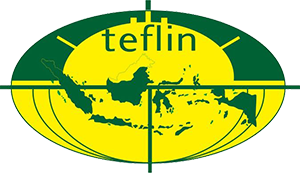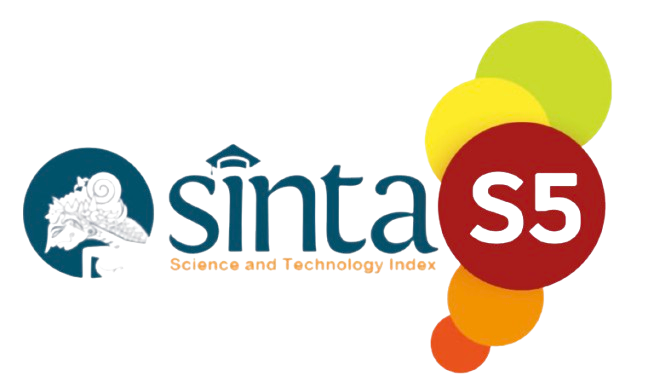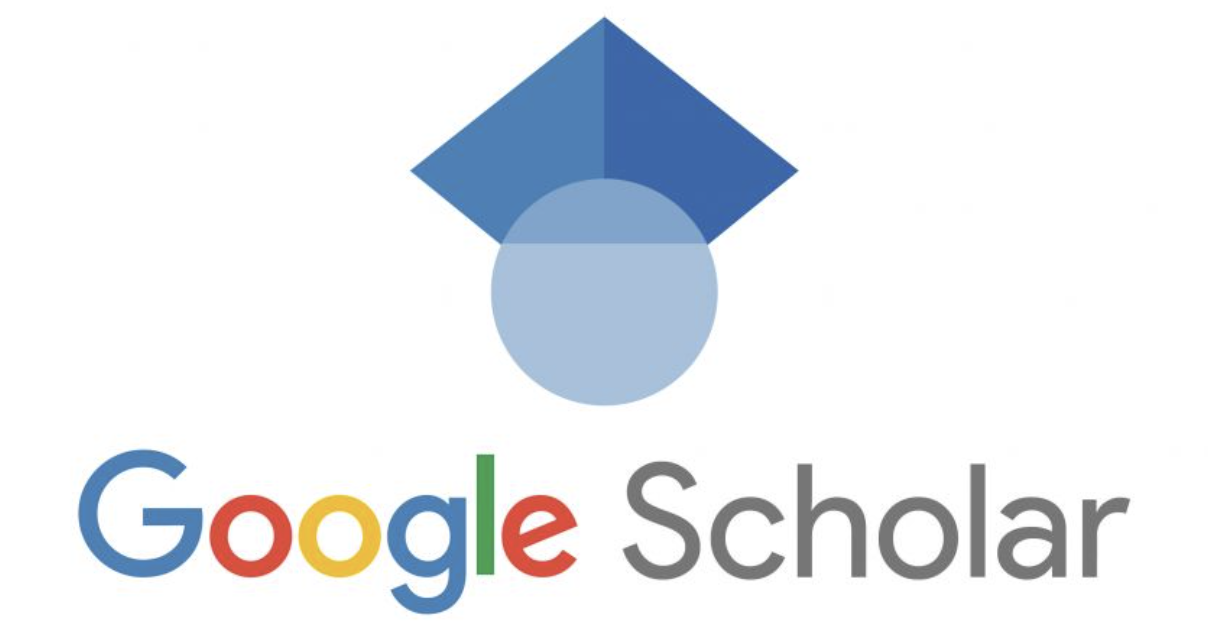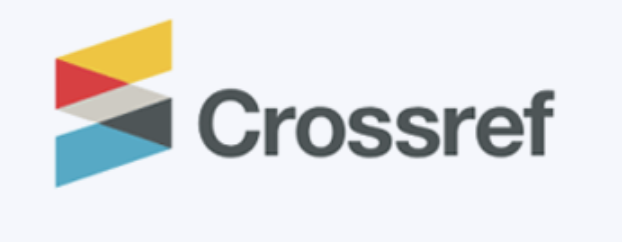Use of Generative AI in Preparing Articles
Use of Generative AI in Preparing Articles
AI as Author
IJLHE does not accept manuscripts in which chatbots or other AI tools are listed as co-authors. Large language models cannot meet authorship criteria because they are unable to take responsibility for the accuracy, integrity, and originality of the work.
AI as a Source of Information
The journal does not permit the citation of chatbots as sources. Content produced by large language models is neither reproducible nor verifiable, and may inadvertently include third-party material without appropriate attribution.
AI as a Writing and Data Presentation Aid
The use of AI tools to support research and writing is allowed when clearly disclosed. Acceptable uses include:
-
Proofreading and copyediting
-
Structural and stylistic feedback
-
Translation
-
Data analysis and visualisation
-
Programming assistance
When AI tools are used for these purposes, authors must clearly describe this usage in their manuscripts:
-
For writing refinement, editing, or translation – Include a statement at the end of the manuscript specifying the AI tool used, the prompt applied, and the date of use.
-
For data analysis or programming – Describe the process in the methodology section, including the AI tool used, the prompts (excluding confidential or coded content), the date, and a link to the dataset.
-
Data protection – When using AI for data analysis, only employ models approved by your research institution or another trusted authority. Avoid using freely available large language models for processing personal or sensitive data.
-
Ethical considerations – Authors should consider the environmental and human costs of using large-scale generative technologies.
The editorial team may use AI-detection and similarity-checking tools to identify potential AI-generated content.
Disclosure Instructions
Authors must disclose the use of generative AI or AI-assisted technologies in a dedicated section titled:
Declaration on the Use of Generative AI and AI-Assisted Technologies in Writing
Example:
When preparing this article, the author(s) used [NAME OF TOOL, VERSION] on [DATE] with the following prompt: “[FULL PROMPT]” for the purpose of [SPECIFIC PURPOSE]. The author(s) subsequently reviewed and edited the output as necessary and accept(s) full responsibility for the content and integrity of the publication.













